Growing organic spinach on your balcony is a rewarding and straightforward gardening project. Whether you’re new to gardening or have some experience, spinach is a perfect plant to start with. Not only is spinach full of nutrients, but it’s also relatively easy to care for, especially in pots. In this guide, we’ll go over six simple steps to help you grow your own fresh spinach in balcony pots.
Understanding Steps to Grow Organic Spinach
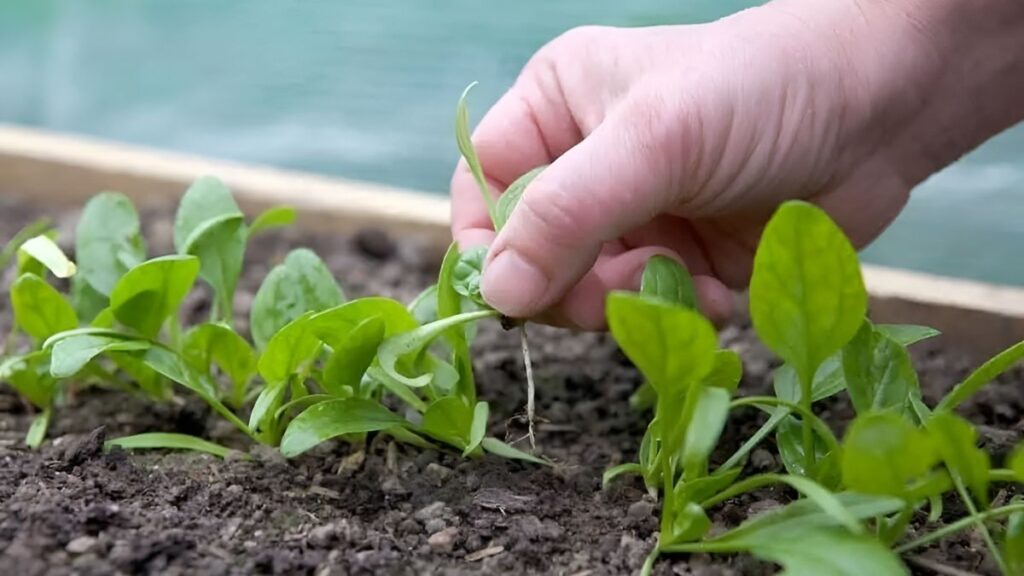
Growing organic spinach is simple and can be done right on your balcony with a few easy steps. First, pick the right pot with good drainage to give your spinach enough space to grow. Choose a sunny spot where your plants will get enough light but not too much heat. Use a good-quality organic soil that drains well and is rich in nutrients. Plant your spinach seeds at the right depth, water them gently, and keep the soil moist but not soaked. Finally, harvest the spinach when the leaves are big enough to eat, and remember to pick the outer leaves first to let the plant continue growing. By following these basic steps, you can enjoy fresh, healthy spinach right at home.
1. Choose the Right Pot
The first step in growing organic spinach is selecting the right pot. Spinach has shallow roots, so it doesn’t need an overly deep container. A pot with a depth of 6-8 inches (15-20 cm) is usually ideal. The pot should be wide enough to allow the plants to spread out, so a 12-inch (30 cm) diameter pot works well. Make sure the pot has drainage holes at the bottom to avoid waterlogging, which can lead to root rot.
2. Pick the Right Location
Spinach thrives in cool weather, and it prefers partial to full sunlight. For best results, place your pots in a spot where they’ll receive at least 4-6 hours of sunlight each day. If your balcony is in direct sunlight for most of the day, you might want to position the pots in a spot that gets morning sunlight and some afternoon shade. This ensures the plants don’t overheat, especially during the warmer months.
3. Use Quality Organic Soil
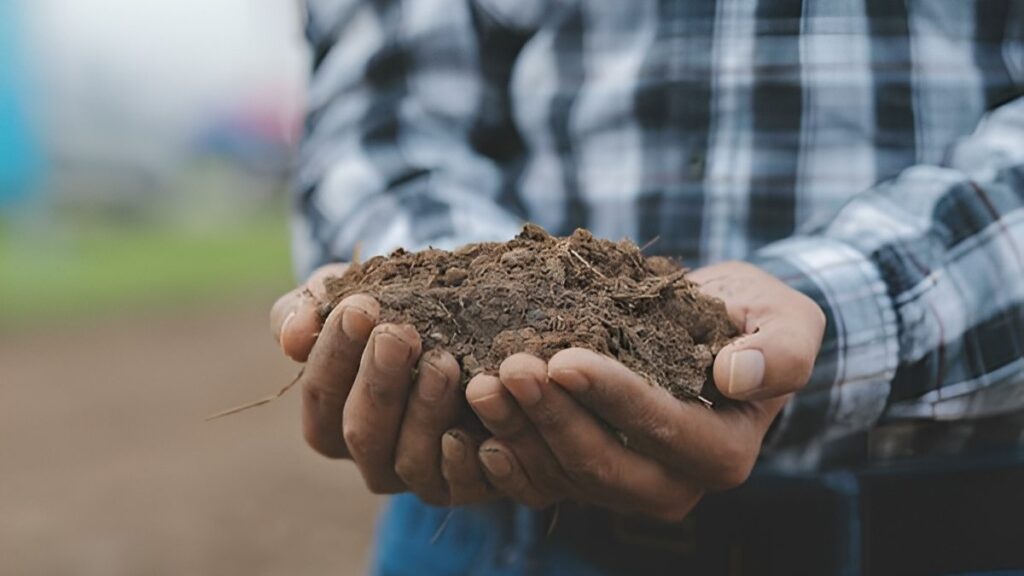
To grow healthy, organic spinach, you need to start with the right soil. Opt for an organic potting mix that’s rich in nutrients and drains well. A good quality mix will help the spinach roots access all the necessary nutrients without becoming waterlogged. You can add compost or organic fertilizers to enhance the soil’s nutrient content, providing your spinach with all the vitamins and minerals it needs for healthy growth. Be sure to fill the pot about 2-3 inches (5-7 cm) from the top with soil to leave enough space for watering.
4. Plant the Seeds
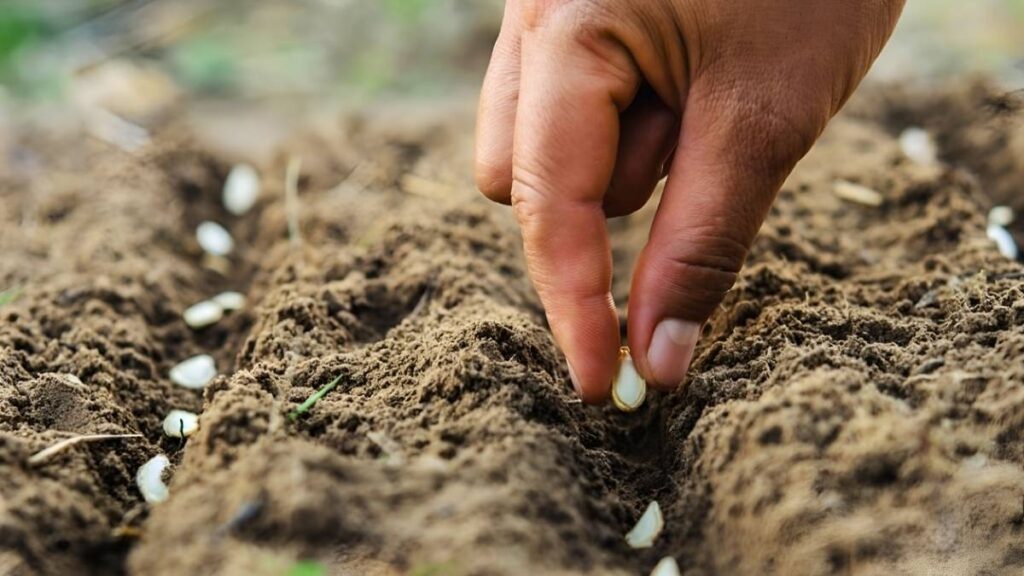
Once your pot is ready, it’s time to plant the spinach seeds. Start by sowing the seeds about 1 inch (2.5 cm) apart. You can plant them in rows or scatter them lightly across the surface of the soil. Make sure to cover the seeds with a thin layer of soil to ensure they’re not exposed to the air. Water the seeds gently, keeping the soil moist but not too soggy. Spinach seeds typically take about 7-14 days to germinate, depending on the temperature and moisture levels.
5. Water Regularly and Properly
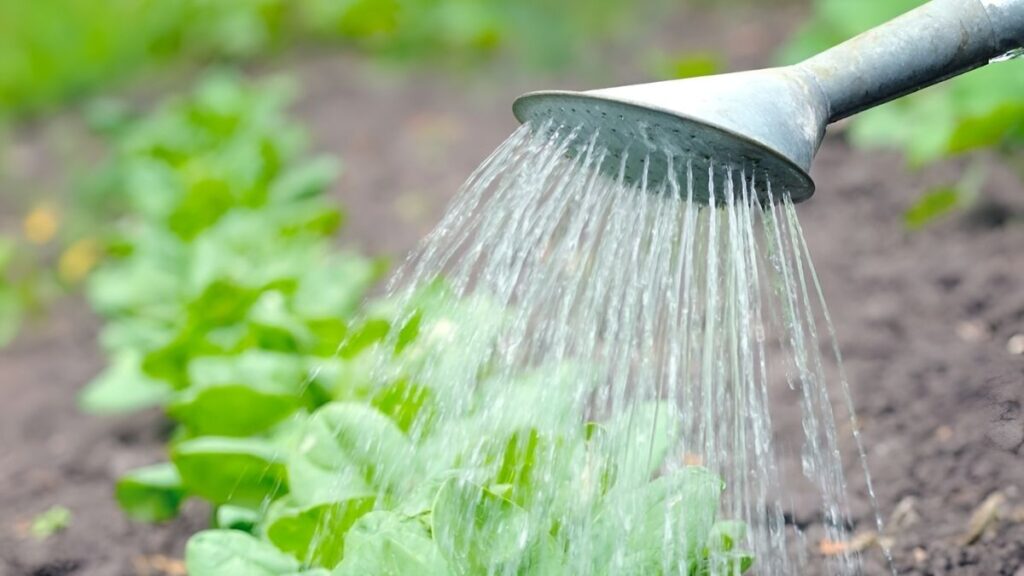
Spinach needs consistent moisture to grow well, but you should avoid overwatering. Keep the soil moist, but not soaked. Check the soil regularly by sticking your finger about an inch into the soil if it feels dry, it’s time to water. On hot days, you may need to water the plants more often, but be sure to water early in the morning or in the evening to prevent the water from evaporating too quickly. Avoid watering in the middle of the day when the sun is hottest. Overwatering can cause the soil to become compacted and deprive the roots of oxygen, so always let the top layer of soil dry out a little between watering.
6. Harvest and Enjoy
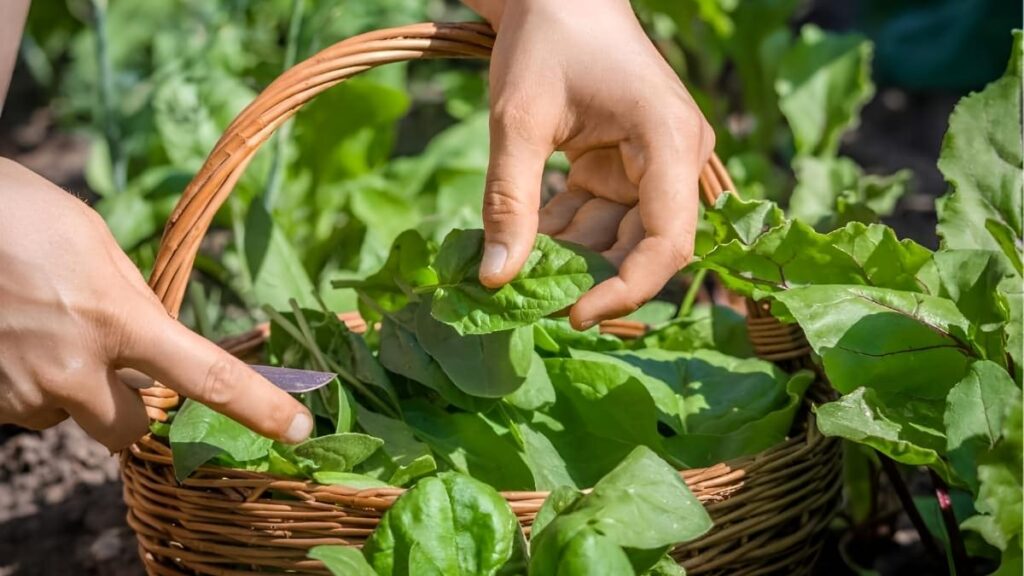
One of the best parts of growing your own spinach is harvesting it. Spinach is ready for harvest when the leaves are large enough to eat typically around 30-45 days after planting. You can begin harvesting the outer leaves of the plant first, leaving the inner leaves to continue growing. This process is called “cut and come again,” and it allows you to enjoy fresh spinach for an extended period. Be careful not to remove too many leaves at once, as this can slow down the plant’s growth. Always harvest in the morning when the leaves are at their freshest.
Additional Tips for Growing Organic Spinach
- Temperature: Spinach grows best in temperatures between 50°F (10°C) and 65°F (18°C). If the temperature rises above 75°F (24°C), spinach may bolt (flower and go to seed), which can make the leaves bitter. If you live in a hot climate, consider growing spinach during cooler months or using shade cloth to protect it from intense heat.
- Fertilization: While spinach doesn’t require much fertilization, it can benefit from a light feeding every few weeks with an organic liquid fertilizer. Avoid using synthetic fertilizers, as they can harm your plants and the environment.
- Pest Control: Although spinach is relatively pest-resistant, it’s still important to keep an eye out for common garden pests like aphids, snails, and slugs. You can use organic pest control methods like neem oil or insecticidal soap to keep these pests in check.
- Companion Planting: Spinach grows well alongside certain plants like radishes, onions, and peas. These companion plants can help improve spinach’s growth and protect it from pests.
Conclusion
Growing organic spinach on your balcony can be an easy and satisfying way to enjoy fresh, homegrown greens. By following these six simple steps choosing the right pot, location, and soil, planting the seeds, watering regularly, and harvesting at the right time you’ll be able to grow your own nutritious spinach in no time. So, get started today, and soon you’ll be able to enjoy the fresh taste of organic spinach, right from your balcony!




